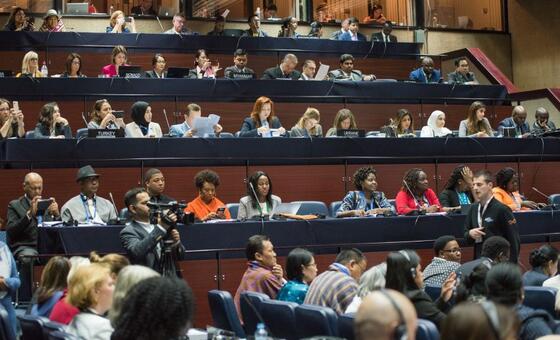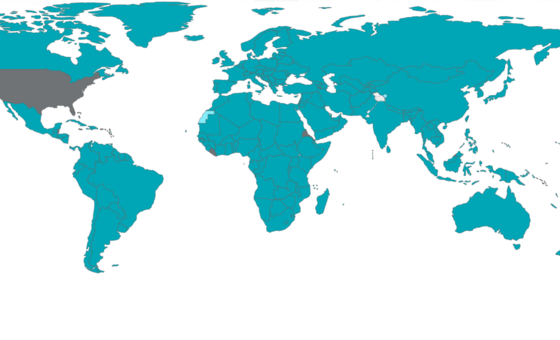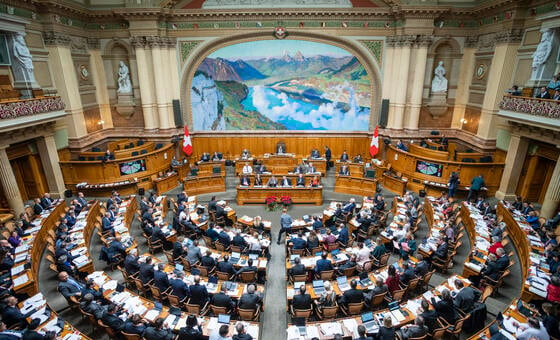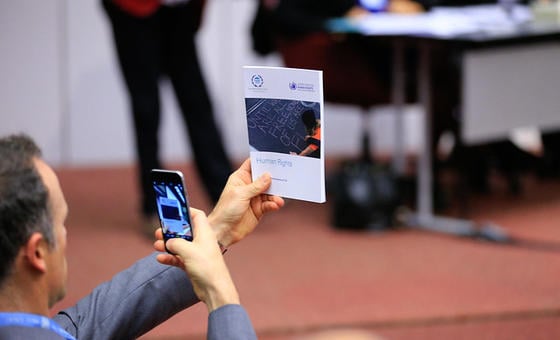- ImpactWe help parliaments to become greener and to implement the Paris agreement.We support democracy by strengthening parliamentsWe work to increase women’s representation in parliament and empower women MPs.We defend the human rights of parliamentarians and help them uphold the rights of all.We help parliaments fight terrorism, cyber warfare and the proliferation of weapons of mass destruction.We encourage youth participation in parliaments and empower young MPs.We support parliaments in implementing the SDGs with a particular focus on health and climate change.
- ParliamentsNearly every country in the world has some form of parliament. Parliamentary systems fall into two categories: bicameral and unicameral. Out of 190 national parliaments in the world, 78 are bicameral (156 chambers) and 112 are unicameral, making a total of 268 chambers of parliament with some 44,000 members of parliament. IPU membership is made up of 180 national parliaments
Find a national parliament
We help strengthen parliaments to make them more representative and effective.. - EventsVirtual eventThe International Court of Justice (ICJ) was constituted under the United Nations Charter to help nations settle disputes peacefully in accordance with international law.
- Knowledge
Discover the IPU's resources
Our library of essential resources for parliamentsGlobal data for and about national parliamentsLatest data and reports about women in parliamentResolutions, declarations and outcomes adopted by IPU MembersRecent innovations in the way parliaments workThe latest climate change legislation from the London School of Economics' database
Artificial Intelligence: Innovation in parliaments
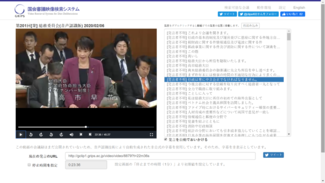
The AI-supported video retrieval system for deliberations in the Diet of Japan. Photo: © National Graduate Institute for Policy Studies
The European Centre for Parliamentary Research and Documentation (ECPRD) held its ICT2019 Seminar at the Riigikogu of Estonia in Tallinn on October 3 and 4, 2019. The seminar is the annual gathering of senior ICT officials from parliaments across Europe and further afield, who come together to share knowledge and experiences.
The 2019 seminar focused on Artificial Intelligence (AI) in parliaments, looking at projects and innovations. While proceedings touched on "General AI" - the type of AI that out-thinks, out-performs, and can often replace humans, the seminar remained more grounded in discussions on "Narrow AI" where AI is used for narrowly defined roles and can work in conjunction with people to help them accomplish tasks faster and better. Some of the underlying technologies that drive these "Narrow AI" solutions include: voice and face recognition, text classification, conversational or interactive bots, natural language processing, pattern recognition, machine learning, and many more. Some of these examples are at work in Alexa and Google Assistants.
The Centre for Innovation in Parliament took part in this event, providing a window on ongoing projects in parliaments outside of Europe. Based on our research on AI pre- and post- the event, and presentations delivered in Tallinn, we are pleased to highlight the following use-cases of AI in parliaments.
Assistance services to MPs
The Parliament of South Africa is exploring using a chatbot to assist members of parliament with parliamentary information. In this pilot, MPs would be able to speak to the chatbot and ask questions, such as the status of a particular bill, resolution, question, or oversight process, or what is a particular house rule. More practical questions would be supported too, such as the venue for a meeting or whether an MP could travel to a particular destination. The chatbot would be based on conversational interface technology as well as Natural Language Processing (NLP).
Legislative drafting
The US House of Representatives has introduced an AI tool to automate the process of analysing differences between bills, amendments and current laws, supporting legislative staff to more readily see the impacts of amendatory provisions contained in bills they move through the legislative process. Using NLP technology the tool is capable of interpreting citations to legal provisions described in bills, and retrieving those provisions and interpreting and executing amendatory instructions. Already available to the Office of Legislative Counsel, the tool presently operates at an accuracy level of 90, with human feedback improving this the more the system is used.
Search of parliamentary videos
The National Graduate Institute for Policy Studies (GRIPS) in Tokyo has developed a system using data from the Diet of Japan to make parliamentary videos searchable, using the latest speech recognition techniques to match parliamentary video feeds and the official minutes. Based on the system, GRIPS is currently developing an integrated system of speech recognition and the analysis of audio and visual information. The introduction of machine learning and AI into contextual and visual information analysis is applied in this process to develop an interface of text, audio, and video records, enabling analysis, aggregation, and visualization of parliamentary digital communications, which eventually allows the automatic selection of (relevant) highlights of parliamentary debates.
Parliamentary reporting
The Netherlands House of Representatives implemented the "Speech2Write" system which offers its Parliamentary Reporting Office (PRO) the ability not just to convert voice to text but instead "translate" voice into written reports. Speech2Write comprises automatic speech recognition and automated editing capabilities that can remove filler words, make grammatical corrections and propose editing decisions. It produces an "almost-ready" report for human finalization. The system is based on a parliamentary language model, which has been developed from scratch, and machine-learning based on 2000+ hours of audio of proceedings and corresponding Hansard text files.
Transparency and citizen participation
The Seminar also received the following video contribution from the Brazilian Chamber of Deputies, on its ongoing Ulysses project (a Specialist hub within the Centre for Innovation in Parliament), presenting the different applications of AI technologies and concepts to support parliamentary transparency and citizen participation.
Contact us
The Centre of Innovation in Parliament continues to watch the AI trends. Should your parliament have notable developments on AI to share, we are keen to learn more. Write us at [email protected].
Contributions by
- Parliament of the Republic of South Africa, ICT Department, Ms. Fatima Boltman
- US House of Representatives, Office of the Clerk, Mr. Robert Reeves
- National Graduate Institute for Policy Studies, Japan, Prof. Mikitaka Masuyama
- House of Representatives of the Netherlands, Parliamentary Reporting Office, Mr. Deru Schelhaas
- Chamber of Deputies of Brazil, DG ITEC, Ms. Patricia Gomes Rego de Almeida

